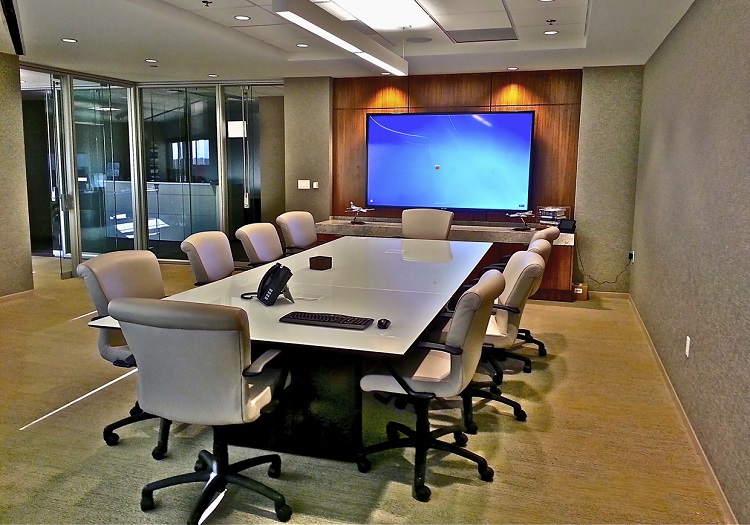Ideal Strategies for Placing Surveillance Cameras to Improve Surveillance Efficacy
Ideal Strategies for Placing Surveillance Cameras to Improve Surveillance Efficacy
Blog Article

Positioning surveillance cameras effectively efficiently is essential for enhancing monitoring in different environments, such as residences, businesses, as well as public areas. The main goal of surveillance cameras remains to deter crime while also provide proof in instances of incidents. To attain this, it is important to consider various factors, such as surveillance camera placement, range of view, as well as the specific zones that require oversight. By understanding these factors, individuals as well as organizations can develop a comprehensive monitoring strategy that optimizes the effectiveness of their surveillance systems.
One of the initial steps in placing security cameras involves to identify critical areas that require surveillance. Vulnerable zones, including entrances, exit points, parking areas, as well as areas with high-value assets, must be prioritized. It also important to take into account areas not visible, which may be areas that might not be visible from certain angles. By mapping out these key locations, surveillance personnel can ensure that all corner remains monitored, minimizing the likelihood of criminal actions going unnoticed. Additionally, installing cameras at key points can help form a comprehensive perspective of the premises, allowing for improved overall surveillance monitoring.
The field of a surveillance camera remains another crucial factor to take into account. Different kinds of surveillance systems offer different fields of view, that can affect how many space is recorded in the footage. For example, broad-view cameras can monitor larger spaces, rendering them ideal for open locations, while pan-tilt-zoom systems can be adjusted to focus on particular details. When placing surveillance systems, it is important to select the appropriate type based on the area being observed. This ensures that the system can record clear footage and offer valuable data in the event of an incident.
Height and angle of mounting also have a crucial part in the efficacy of surveillance systems. Surveillance systems should be mounted at a height that remains out of grasp of possible interference but still enables for clear visibility of faces and other recognizable details. A typical recommendation is install cameras at least 8 to 10 ft off the floor. Additionally, the angle at which the system remains set can affect its capability to capture important information. Surveillance systems must be angled to minimize glare look what i found and prevent blockages, ensuring that they can record clear footage at any moments.
In conclusion, regular maintenance and improvements to the surveillance system are essential for sustained efficacy. This includes checking camera performance, wiping lenses, and ensuring that software remains current. Regular assessments of the surveillance plan can assist detect any new blind spots or locations that might need additional coverage. By remaining vigilant and making necessary changes, people and organizations can improve their monitoring effectiveness and ensure that their surveillance solutions continue to serve their intended function.